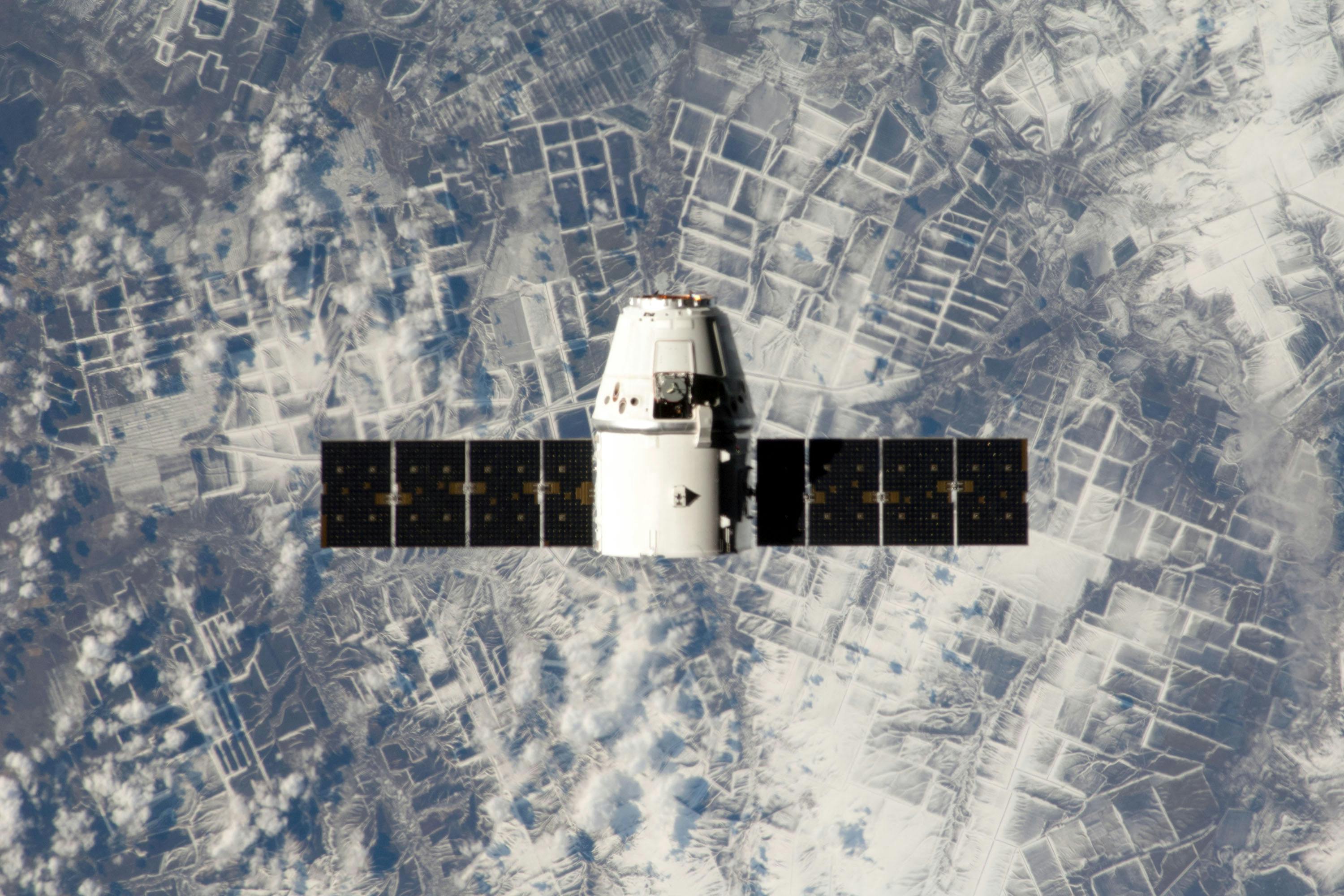
Introduction
In a groundbreaking achievement, a satellite network provider announced that it has successfully completed a voice and data call from an unmodified smartphone using its space hardware. This first-of-its-kind 5G call was made from Maui, Hawaii, to Madrid, Spain, using AT&T spectrum and AST SpaceMobile’s BlueWalker 3 test satellite. The call was placed from a wireless dead zone near Hana, Hawaii, with a Samsung Galaxy S22 smartphone. This milestone marks another significant advancement in telecommunications, as AST SpaceMobile continues to pioneer space-based connectivity for consumers, businesses, and first responders worldwide.
Advancements in 5G Connectivity
AST SpaceMobile’s successful 5G call from space to a mobile phone represents a major leap forward in telecommunications technology. The company has achieved full compatibility with phones made by all major manufacturers and support for 2G, 4G LTE, and now 5G networks. This compatibility underscores the potential for space-based cellular broadband networks to revolutionize the way we communicate.
According to AST CEO Abel Avellan, this achievement is just one of the extraordinary milestones in telecommunications history. The collaboration between AST SpaceMobile, AT&T, and Vodafone demonstrates the power of ecosystem-wide collaboration in realizing the shared vision of space-based connectivity. AT&T Network President Chris Sambar also emphasized the importance of collaboration and highlighted the role it played in these innovations.
The Potential Impact of 5G Satellite Service
While the possibilities of 5G satellite service are immense, its true applications for consumers and businesses may still be relatively distant. Jason Leigh, a senior research analyst for mobility at IDC, suggests that satellite coverage may not be of massive importance to most people. However, for a small subset of the population that frequently finds themselves outside typical network coverage areas, having satellite capabilities on their smartphones could be highly desirable.
Michael Hodel, director of equity research for the media and telecom sector at Morningstar Research Services, believes that the average consumer may not be willing to pay more for satellite access on a regular basis. However, occasional use during travel in remote areas could prove appealing. Hodel also points out that satellite connectivity faces competition from improving mobile coverage and Wi-Fi networks in many locations.
On the other hand, Michael Misrahi, Americas telecommunications leader for Ernst & Young, argues that there is a real need for 5G satellite service. He highlights the benefits of a fully interoperable terrestrial and non-terrestrial network, which can provide complete coverage without being limited by towers and terrestrial radio units. This type of network infrastructure is particularly valuable for maritime and rural applications, ensuring connectivity even at sea or in the air. Additionally, Misrahi suggests that an interoperable network can facilitate digital transformations and the adoption of use cases in IoT, AI, and other areas.
Limitations and Challenges of 5G Satellite Service
While 5G satellite service has immense potential, there are several limitations and challenges that need to be addressed. Octavio Garcia, a senior analyst with Forrester, explains that initial use cases for 5G satellite service, which are expected to emerge in the next few years, will be focused on emergency calls, messages, and low data transmissions below 75 Mbps. While these services can bridge the gap for the 2.6 billion people globally who are currently unconnected, there are still limitations to consider.
Jason Leigh points out that the current state of cellular connectivity from space has its limitations. For example, the AST test achieved a download speed of only 14 Mbps, which falls short of the FCC’s definition of broadband. This suggests that satellite connectivity is currently more suitable as a last-resort option or for specific emergency services, rather than providing broad-scale utility for everyday use.
Another challenge lies in the coordination of physical space and frequency usage among competing interests and countries. As more companies like Amazon’s Kuiper enter the satellite business, the management of space and frequencies becomes increasingly complex. This coordination problem needs to be addressed to ensure the effective and efficient operation of satellite networks.
The Future of Wireless Communication
Despite these limitations and challenges, many experts believe that the future of wireless communication lies in orbiting satellites. Technology analyst Jeff Kagan envisions a convergence of advanced satellite and wireless services, enabling complete connectivity between smartphones, smartwatches, laptops, and other wireless devices. This seamless connectivity to satellites will revolutionize the way we communicate and stay connected.

